On Wednesday, Indian-American astronaut Sunita “Suni” Williams, piloting a spacecraft from the Cape Canaveral Space Station in Florida, set out on her third space mission. Barry “Butch” Wilmore, a fellow NASA astronaut, was traveling with her as they approached the International Space Station (ISS). The test flight was delayed more than once.
It is anticipated that Sunita Williams and Butch Wilmore, two seasoned NASA astronauts, will arrive at the International Space Station (ISS) today aboard NASA’s Starliner spacecraft.
Following several delays, the National Aeronautics and Space Administration’s (NASA) Boeing Starliner made a test trip toward the International Space Station (ISS) on Wednesday from the Cape Canaveral Space Station in Florida. This was the third attempt since the beginning of May following two rocket-related issues, the most recent of which occurred last weekend.
Williams radioed mission control just before takeoff, saying, “Leave, Calypso.” In reference to the name of the Starliner capsule, “Take us to space and back.” Thursday at approximately 9:45 p.m. Indian Standard Time (12:15 p.m. Eastern Time) is when the spacecraft is expected to arrive at the ISS.
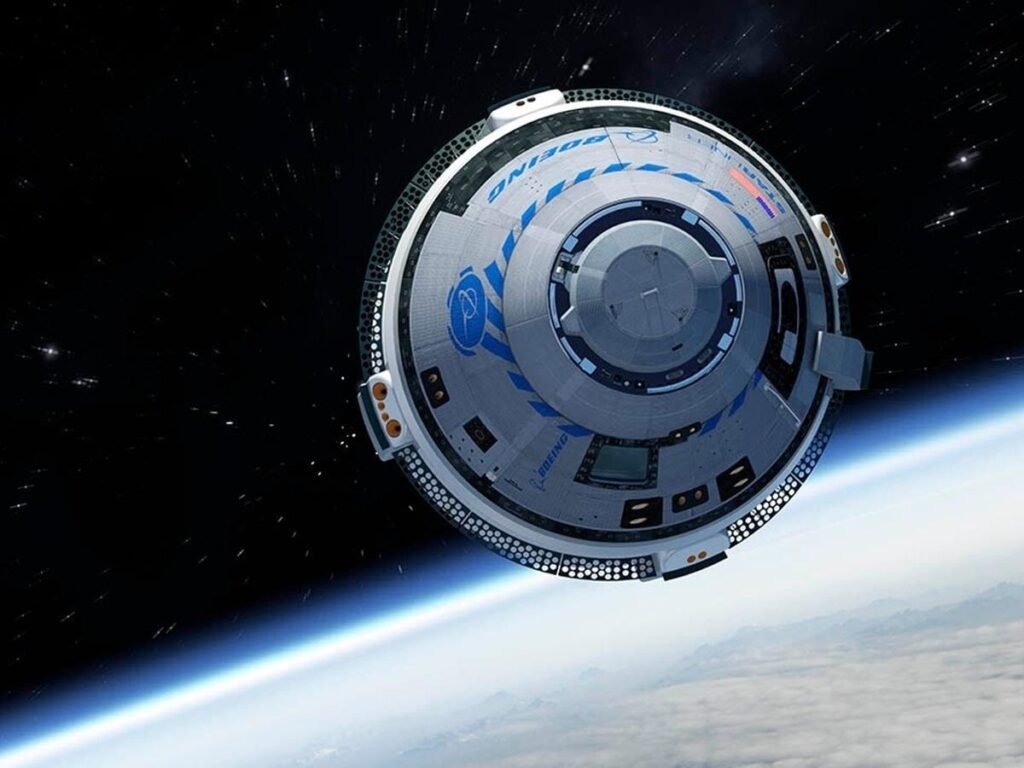
In sharing her daughter’s enthusiasm, Williams’s mother Bonnie Pandya told NBC News that Sunita was in good spirits and “so happy about going.”
NASA provided an update on Thursday morning stating that Wilmore and Williams were doing preliminary testing on the Starliner spacecraft while it was in orbit. Wilmore, who assumed manual control of the spacecraft and reported to the mission center at NASA’s Houston site, remarked, “The first six hours have been absolutely fascinating.”
Elon Musk’s SpaceX has already accomplished this feat with its Crew Dragon spacecraft, and the goal of the Crew Flight Test is to certify the Starliner for routine space travel to and from the International Space Station.
Wilmore and Williams will join the Expedition 71 crew, which consists of NASA astronauts Michael Barratt, Matt Dominick, Tracy C. Dyson, Jeanette Epps, and Nikolai Chub, Alexander Grebenkin, and Oleg Kononenko from Roscosmos, after they arrive safely at the ISS.
“Following the launch of Starliner, two fearless NASA astronauts are well on their way on this historic first test flight of a brand-new spacecraft,” said NASA Administrator Bill Nelson.
Elon Musk tweeted, “Congratulations on a successful launch!” in response to Boeing’s successful launch.
Williams said in 2013 at a New Delhi news conference that she takes samosas and the Bhagavad Gita with her on her space trips.

According to NASA, Williams and Wilmore will undock and re-enter Earth’s atmosphere after spending almost a week aboard the International Space Station. They will land in the southwestern United States on June 10.
As a significant accomplishment for the future of spaceflight, NASA Chief Bill Nelson hailed the successful liftoff as a “special moment” and “another one of those great markers in history.”
After ending the Space Shuttle Program in 2011, NASA’s Commercial Crew program awarded contracts to SpaceX and Boeing in 2014 to transport people to the International Space Station. SpaceX received over $2.6 billion, while Boeing received nearly $4 billion to develop the Starliner.
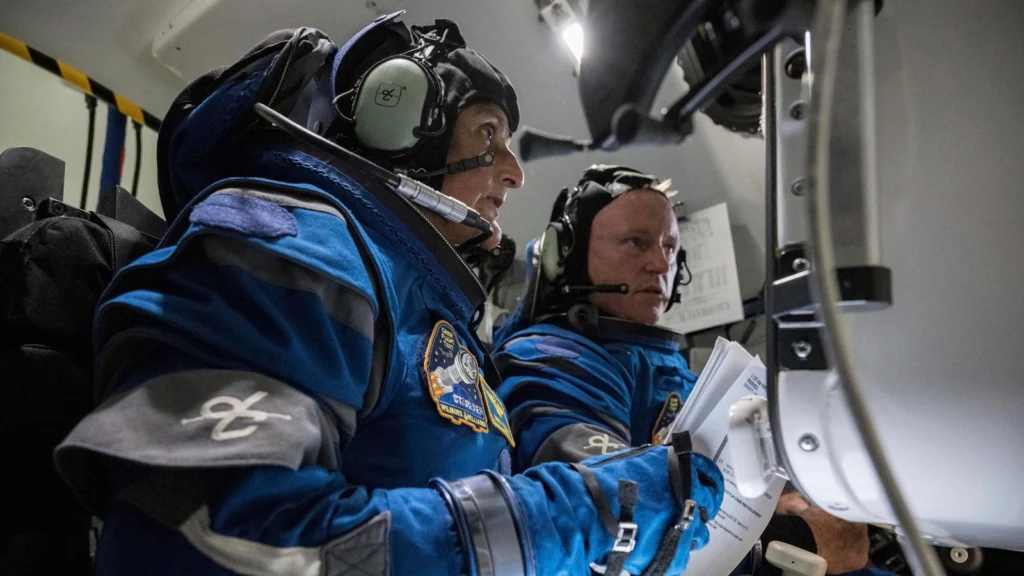
Needham, Massachusetts native Sunita Williams graduated from the US Naval Academy with a degree in physical science and the Florida Institute of Technology with a master’s in engineering management. Expedition 14/15 (December 2006–June 2007) was her first spaceflight, taking off on the space shuttle Discovery’s STS-116 mission to the International Space Station. Williams accomplished four spacewalks while on board, setting a new record for women worldwide.
Williams was chosen by NASA in June 1998 to be an astronaut, and he has now completed two missions totaling 322 days in space, including 50 hours and 40 minutes of cumulative EVA time on seven spacewalks. She worked with the first Expedition crew as well as Roscosmos on the International Space Station.
Barry Wilmore, 61, has completed four spacewalks totalling 25 hours and 36 minutes, and 178 days in space.




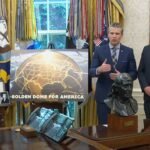







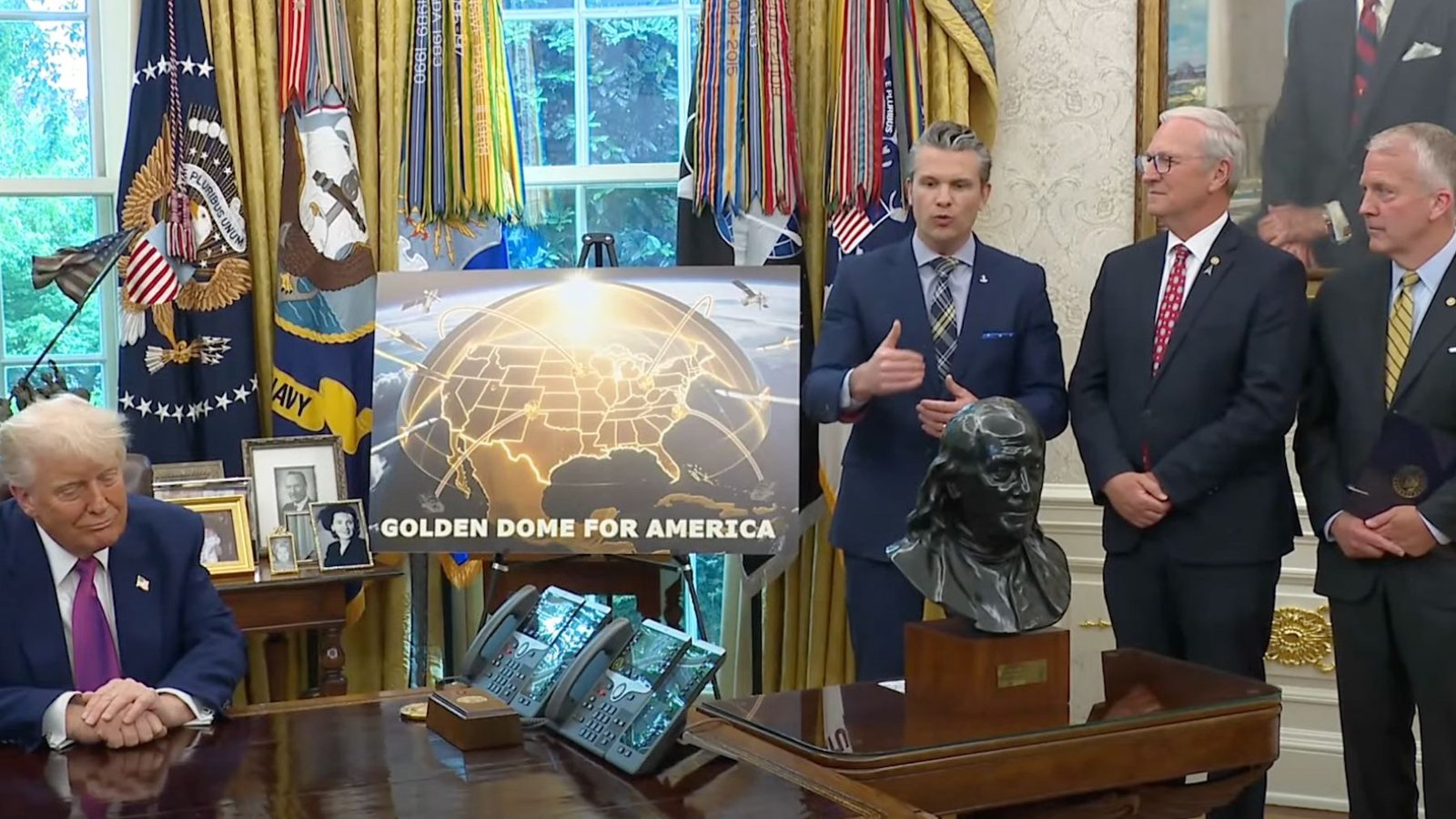
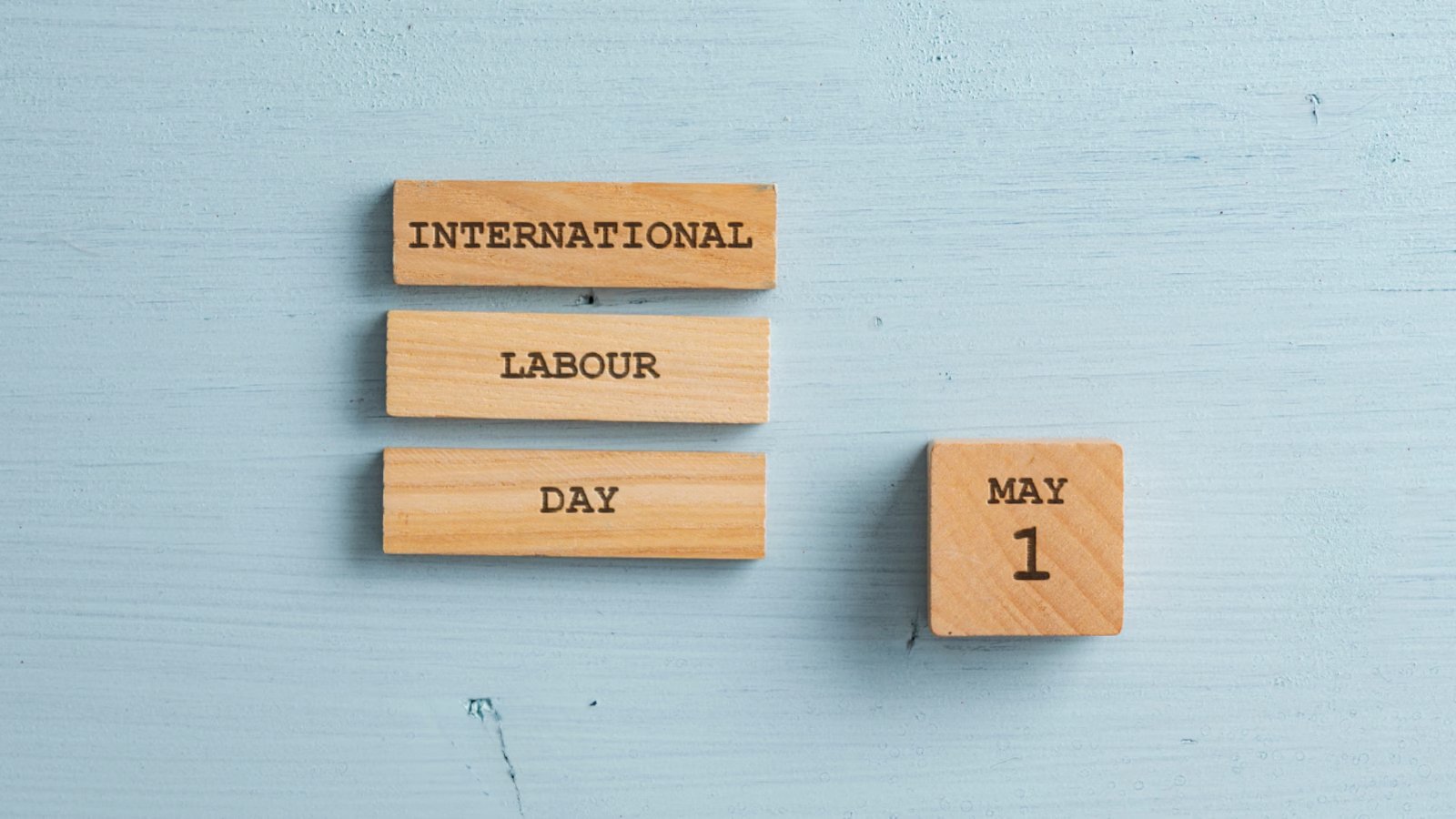


Very interesting information!Perfect just what I was looking for!Raise your business